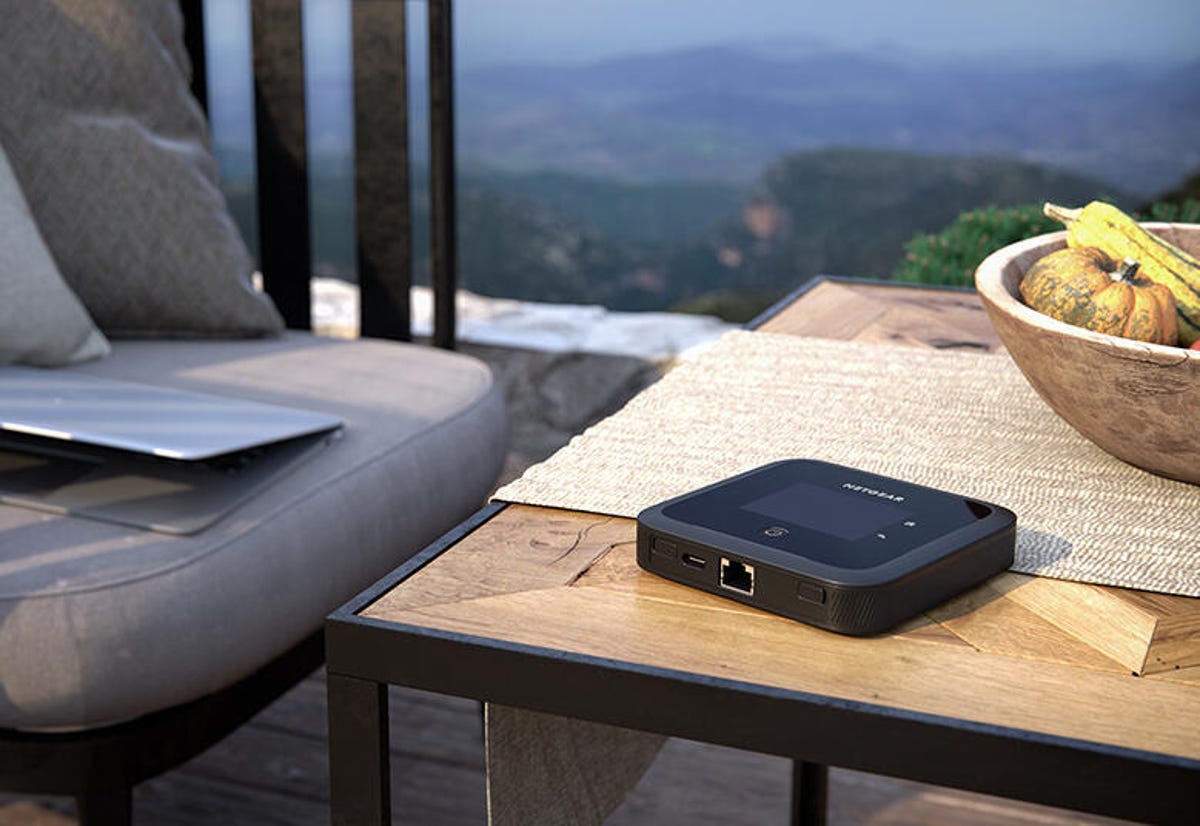
Yes, Hidden Airbnb Cameras Are Real — Here’s What You Can Do About It
Imagine walking into what’s supposed to be a relaxing vacation rental, only to get the creeping feeling you’re being watched. Sounds like a plot from a suspense movie, right? Unfortunately, it’s not fiction. From cozy getaways in California to international escapes in Ireland and Malaysia, travelers have discovered hidden cameras in their Airbnb rentals. And stories of these unsettling finds are all over Reddit and traveler forums.
But don’t panic just yet—there are ways to protect yourself. With just your smartphone and a few smart tactics, you can do a quick sweep to make sure no one’s invading your privacy. Here are seven tried-and-true methods that will help you detect hidden cameras in an Airbnb.
1. Start With the Wi-Fi Network
One of the easiest ways to catch a hidden camera is by checking what’s connected to the local Wi-Fi.
When you first connect to the Airbnb's guest network, head over to the router settings (if accessible) or use the login details provided to scan for connected devices. Some routers have a section labeled “Attached Devices” or “Connected Clients.”
Can’t access that info? No worries. Third-party apps like Fing or Wireless Network Watcher can do the job. These tools help identify every gadget linked to the Wi-Fi, from your own phone to that smart fridge in the kitchen.
💡 Pro tip: Keep an eye out for anything unfamiliar. A device labeled something like "IPCAM_02" or "Generic Device" could be a red flag. You'd be surprised how often hidden cameras are left online.
2. Flip On Bluetooth to Catch the Unseen
Not every spy camera needs Wi-Fi. Some rely on Bluetooth—and your phone can sniff those out, too.
Turn on Bluetooth and enable pairing mode. Then take a stroll around the rental. Your phone will list nearby Bluetooth-enabled devices, including any suspicious ones that might be trying to stay off the radar.
If you see odd device names like “BCam_001” or “ESP32-CAM,” do a quick Google search. These names often link back to small surveillance gadgets sold online.
3. Do a Flashlight Sweep for Lens Glare
One of the oldest tricks in the book still works wonders: the flashlight test.
After dark, shut off all the room lights and use your phone’s flashlight to slowly scan areas where a small camera could hide—smoke detectors, air vents, potted plants, even bookshelves. A camera lens, no matter how tiny, will usually reflect light back at you.
🔦 Focus on places with a wide view of the room—especially bedrooms and bathrooms. These are prime real estate for hidden cams.
4. Use Your Smartphone to Spot Infrared Lights
Many hidden cameras use infrared (IR) to function, especially at night. Human eyes can’t see IR, but your phone might.
Switch your camera to front-facing mode (some rear cameras filter IR) and look around the room. In low light, watch the screen for tiny glowing dots that aren't visible otherwise. These faint lights could be IR signals coming from a hidden device.
📱 Bonus tip: Record a video while scanning, then review it in slow motion to catch any subtle flashes.
5. Try a Camera Detection App
There are a few apps out there designed to help you spot hidden cameras. While they're not foolproof, they can save you time if used alongside other methods.
Some apps scan for magnetic fields, others use your phone’s camera to detect lens reflections, and a few combine both. Apps like Glint Finder or Hidden Camera Detector are worth trying, but don’t bet the farm on them alone.
Think of them as backup, not a standalone solution.
6. Look Closely at Vents and Smoke Detectors
Not all spy cams are tucked inside stuffed animals. Some are hidden in surprisingly normal spots.
Vents—especially those positioned high on the wall—are common hiding places because they offer a clear, elevated view of the room. The same goes for smoke detectors. If you see two detectors in one room, that’s a little suspicious.
📍Check for unusual glints, small holes, or anything that looks out of place. Sometimes the clue is as subtle as a blinking light inside the vent.
7. Use an Infrared or Thermal Scanner (If You’re Serious)
If privacy is a top concern and you’re willing to invest, a handheld infrared scanner can detect even the sneakiest electronics. These scanners pick up heat signatures that ordinary cameras miss, letting you find devices hiding inside walls, shelves, or false ceilings.
While they’re not cheap (expect to spend around $150–$200), they offer peace of mind, especially if you're staying long-term or traveling frequently.
Bonus: Be Cautious With Provided Chargers and USB Ports
Here’s one more tip that’s often overlooked: don’t plug your personal devices into unknown chargers or USB hubs.
In some rare cases, these ports can be rigged with spyware or malware. It’s called “juice jacking,” and it’s more common than you’d think. Instead, use your own travel charger and plug it straight into a regular outlet. Simple but effective.
What About Outdoor Security Cameras?
Airbnb currently bans indoor surveillance devices in listings that host guests. However, outdoor cameras, like video doorbells or driveway monitors, are still allowed.
These devices are typically there for security—to keep an eye on who comes and goes. Still, if one’s pointing toward a window or clearly aimed inside, that crosses the line. If you notice anything that makes you uncomfortable, snap a photo and report it through the Airbnb app.
Stay Safe and Stay Smart
Traveling should be about making memories, not worrying about hidden cams. Thankfully, with a little awareness and some clever detective work, you can feel confident and secure wherever you stay.
Whether you’re headed out for a weekend getaway or a cross-country adventure, these steps will help you spot surveillance devices fast and take action before they become a problem.
